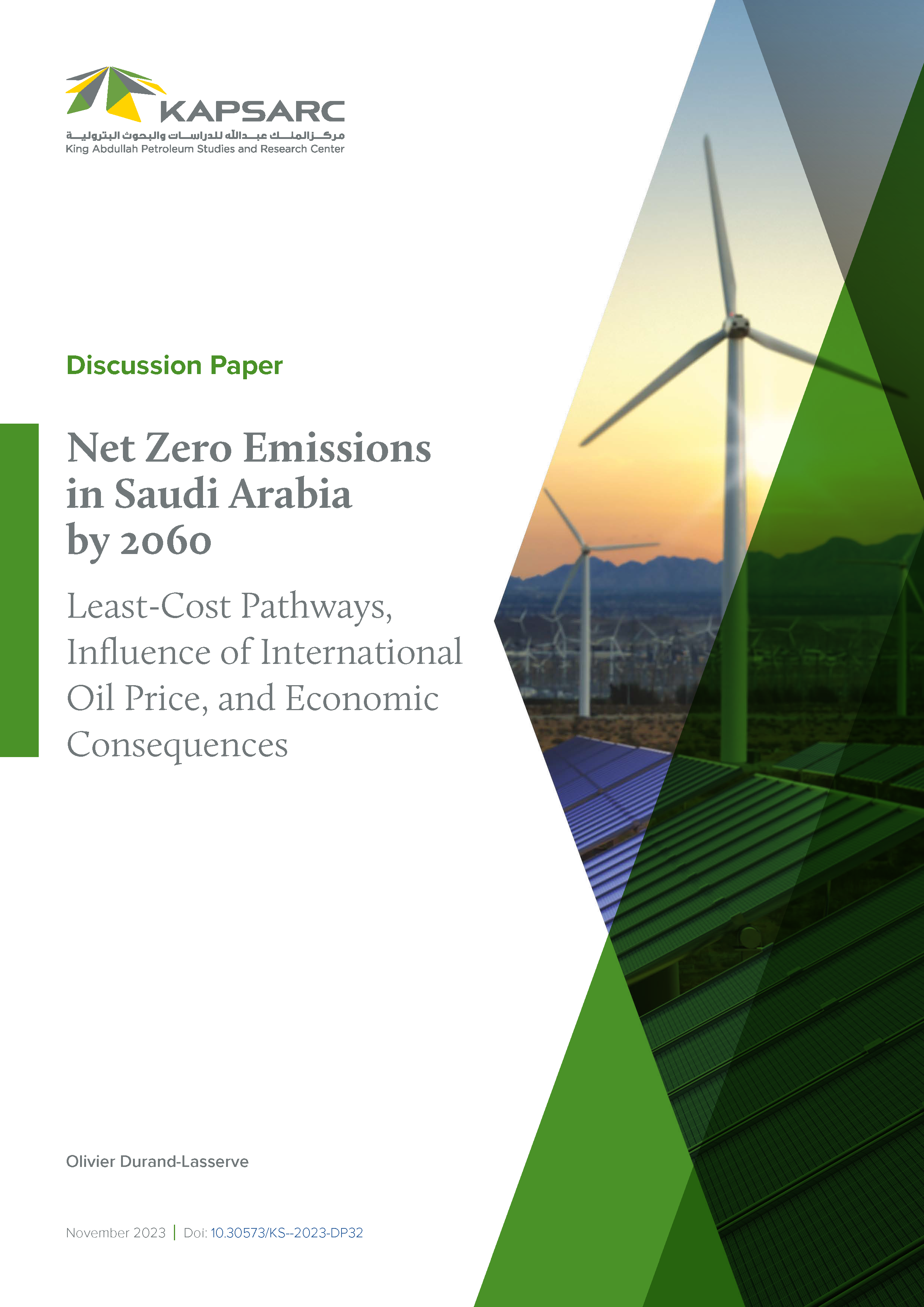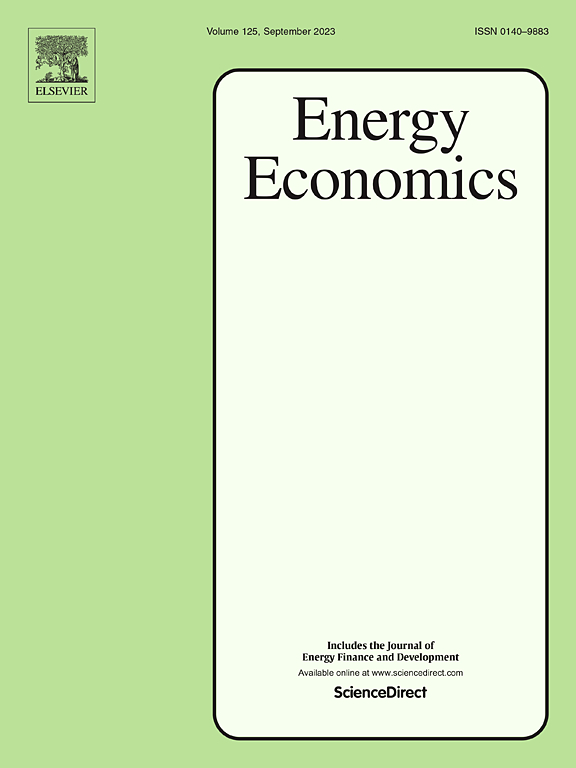This paper presents a version of a hybrid (top-down bottom-up), multi-region multi-period forward looking applied general equilibrium model, MERGE, that includes a capacity expansion submodel of the electricity sector with demand represented by various time segments. This model is solved numerically using the decomposition method proposed by Bohringer and Rutherford (2006). In the decomposition, the bottom-up (energy) submodel of MERGE is embedded in a quadratically constrained program (QCP) that maximizes a welfare function calibrated on a linear approximation, around a benchmark point, of aggregated energy and capital demand . This latter is provided by constraining energy supply in a nonlinear programming problem (NLP) that essentially contains the MERGE top-down (macro) submodel. The method is illustrated with a simulation that provides projections of load duration curves and hours of activity of various electricity technologies.
Authors: Gauthier de Maere d’Aertrycke, Olivier Durand-Lasserve, Marco Schudel



